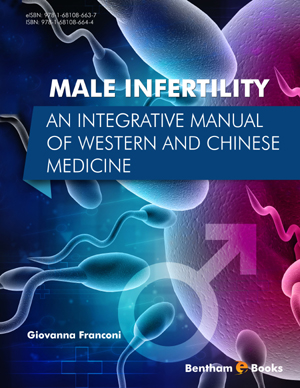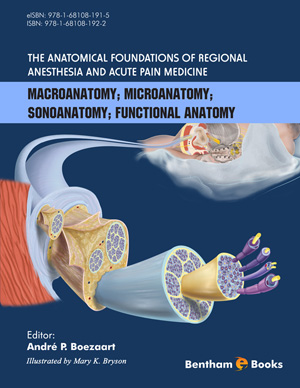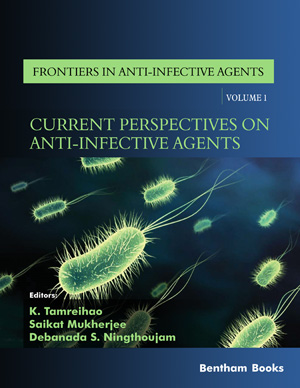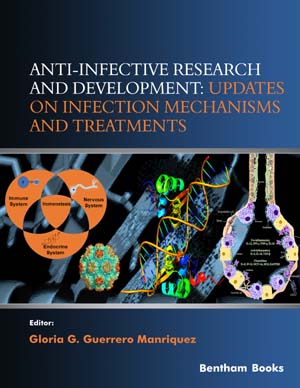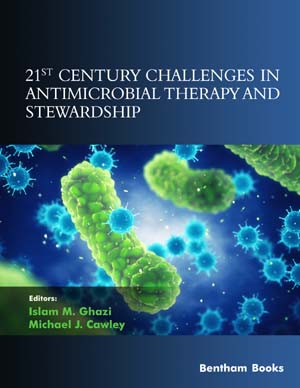Abstract
The recognition that certain obese patients do not exhibit unfavorable metabolic changes, with a low risk for cardiovascular disorders, and that some individuals with a normal weight develop metabolic complications such as insulin resistance, gave rise to the idea that in obesity not only adipose tissue (AT) quantity matters but also AT function, with more relevance. It is known, that impaired AT function is caused by the interaction of genetic and environmental factors which lead to adipocyte hypertrophy, hypoxia and a variety of stresses, including inflammatory processes within the AT. Indeed, AT dysfunction translates into the imbalance between pro- and anti-inflammatory adipokines produced in the adipocyte and secreted into the systemic circulation. For instance, AT dysfunction has been characterized by decreased release of homeostatic protective factors (such as adiponectin, omentin or vaspin) and increased activation of stress-related pathways leading to pathological adipokine (leptin, resistin and visfatin) formation. Systemically, AT dysfunction promotes metabolic and vascular alterations, namely low-grade inflammation, hypercoagulability, hypertension, dyslipidemia and insulin resistance. Thus, diagnosing AT dysfunction is of clinical relevance, serving as a tool for stratifying risk for cardiovascular disease or type 2 diabetes mellitus, and may guide preventive treatment with both medication and lifestyle interventions. It is believed that in the near future, a set of pro- and anti-inflammatory adipokines could be compiled, providing clinicians with an 'adipokine-score' indicative of the level of AT dysfunction. In this chapter, we briefly discuss the current knowledge about the emerging biomarkers of dysfunctional AT and their potential impact on metabolic diseases associated with obesity.
Keywords: Adipocyte, Adipokine, Adiponectin, Adipose tissue dysfunction, Biomarker, Chemerin, Cytokine, Inflammation, Insulin resistance, Interleukin, Leptin, Lipocalin-2, Obesity, Omentin, Retinol-binding protein 4, Resistin, Serpin, Secreted frizzled-related protein 5, Tumor necrosis factor α, Vaspin, Visfatin.














